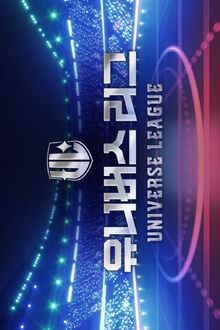
Dai-bosatsu tôge (The Sword of Doom) (1966)
Watch movieKihachi Okamoto's The Sword of Doom is likely to strike the unalerted viewer as an exercise in absurdist violence, tracking the career of a nihilistic swordsman from his gratuitous murder of a defenseless old man to his final descent into what looks like a rehearsal for global annihilation, as, in a kind of ecstasy, he slaughters a seemingly endless army of attackers both real and phantasmal. The extreme but stylized violence of Okamoto's 1966 film epitomizes a mode of Japanese filmmaking that profoundly influenced such directors as Sam Peckinpah and Sergio Leone, and it would be easy—and not entirely inaccurate—to read the film in the light of the cynical antiheroic trends that surfaced in genre films all over the world in the 1960s and surmise that it represented the same kind of break with heroic tradition as, say, spaghetti westerns. It should be kept in mind, however, that The Sword of Doom was only the most recent episode derived from a long line of stage and film versions of an immensely long, structurally meandering novel that has remained popular ever since the appearance of its first installments a year after the death of the emperor Meiji (the ruler who oversaw Japan's transition from hermetically sealed feudal state to modern industrialized nation), and whose ostensible theme is religious.















